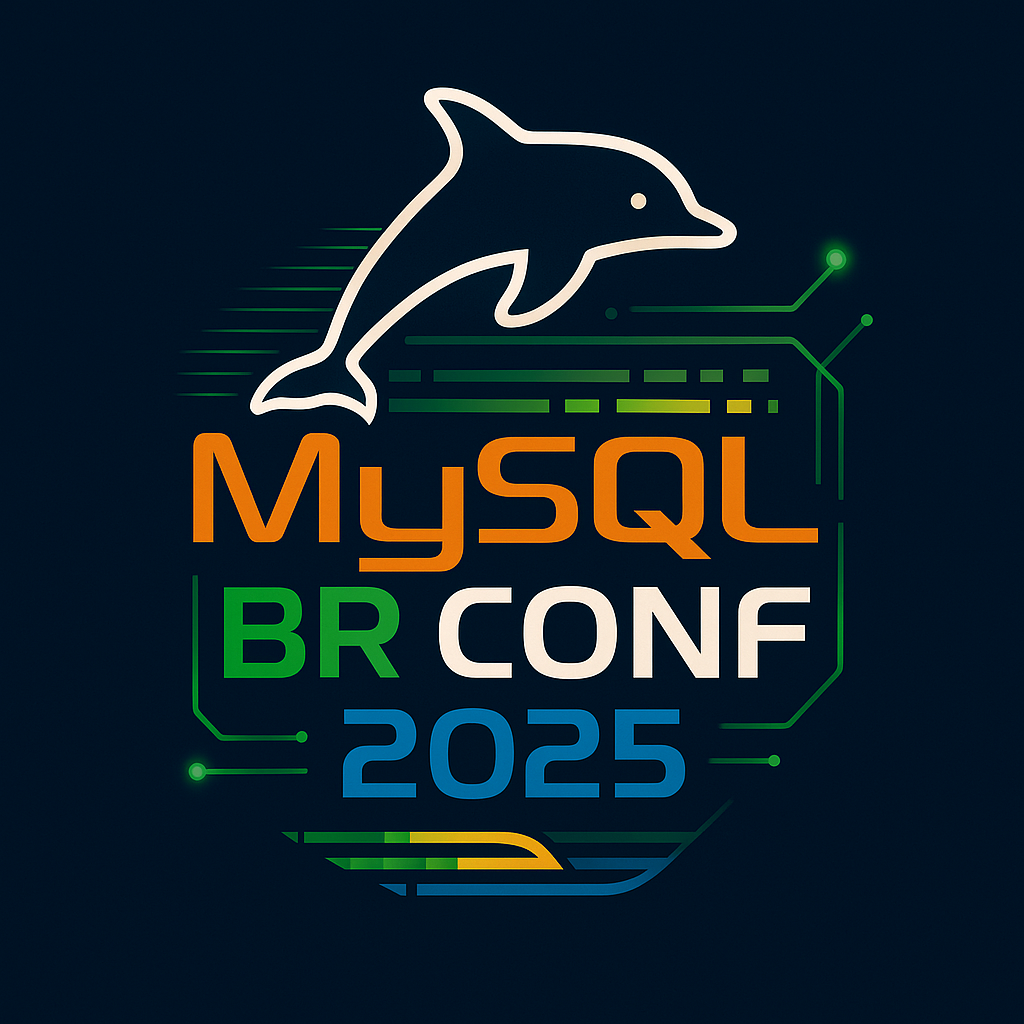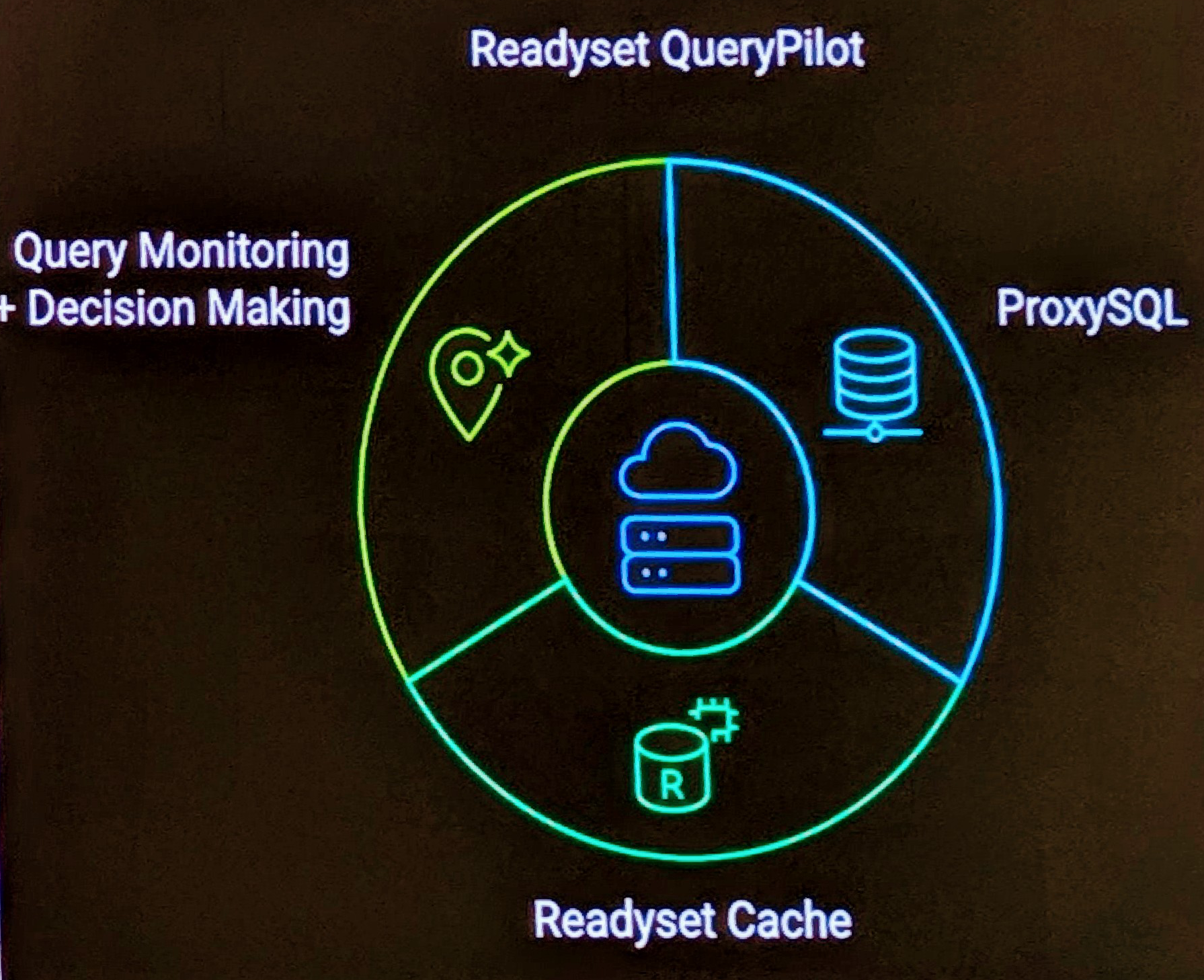I learned an extremely valuable lesson today on a client site. It’s important that users of MySQL read the right version of the manual for the product they are using. It’s very easy to just goto http://dev.mysql.com/doc/ which is what I type in directly and browser the manual. While the MySQL Manual has separate sections for 4.x, 5.0, 5.1 etc, the 5.0 Manual for example reflects the most current version of MySQL 5.0. You may not be running the most current version, infact most production systems rarely run the current version.
My specific case was with Connector/J (JDBC) Reference of 5.0.4. The manual pages reflects the new 5.0.5 or todays’ 5.0.6 release and a particular default is now a different value. With Connector/J the docs are bundled with the version. The MySQL Community Server product does not bundle the manual, and I don’t know where to view instances of the MySQL manual for each specific dot release!


